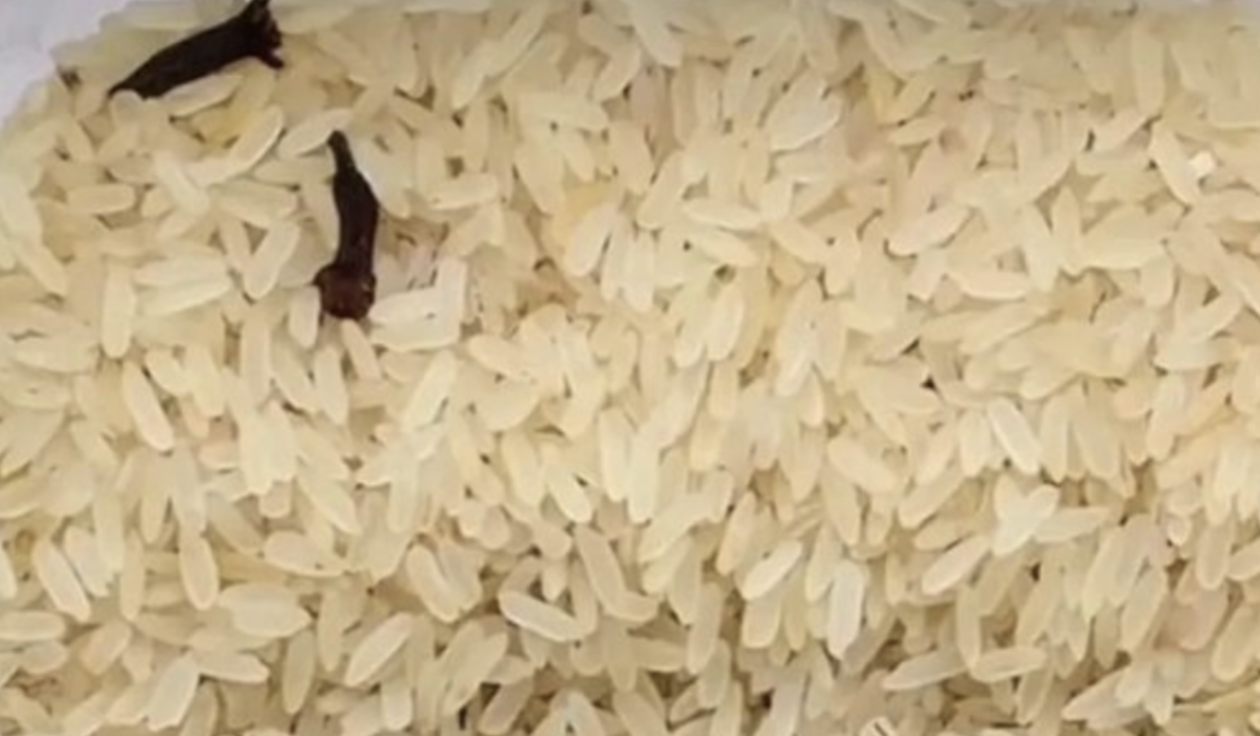Have you ever gazed up at a telephone pole and wondered about those glass or porcelain objects perched on top? They may seem like simple decorations, but these insulators actually play a vital role in the world of communication. As unsung heroes, they ensure the safety of our electrical wires and the clarity of our phone calls, keeping us connected and informed.

Safeguarding the Flow of Electricity
Imagine making a long-distance call, only to have your voice fade away after a few hundred feet. Not very enjoyable, right? Well, that’s where insulators come in. These humble objects prevent electrical wires from coming into contact with the pole or the ground, ensuring that electricity doesn’t leak away. Thanks to insulators, our telephone calls can flow uninterrupted, connecting us with loved ones and important information.
The Variety of Insulators
Insulators come in a variety of styles and colors. While many older ones were made from glass or porcelain, some were crafted from wood and glass, and even animal parts. It’s fascinating to see the creativity and resourcefulness in their design. In fact, there are insulators made from more unusual materials!

Additionally, the size of insulators matters too. Smaller ones are used for telephone and telegraph wires, while larger ones are designed for high-voltage electrical wires. It’s like there’s a VIP section for insulators, depending on the voltage they can handle!
Keeping Voltage in Check
Voltage determines the size of the insulator required for power lines. Electricity has a mischievous tendency to try and jump over significant distances. That’s why the design of insulators is crucial. Insulators with broad “umbrella” disks and wide lower skirts act as bouncers at a nightclub, ensuring the wires stay at arm’s length from the pole. This prevents any potential accidents and keeps the flow of electricity in check.
A Surprisingly Popular Hobby
Believe it or not, collecting insulators is a popular hobby! It gained traction in the 1960s when utility and power companies started burying their wires, leaving many vintage insulators discarded. These glass pieces have captured the hearts of collectors from all walks of life. Some appreciate them for their aesthetics, using them to add a touch of sparkle to their surroundings on windowsills and in gardens. Others have specific tastes, seeking out particular kinds of insulators. The prices for these pieces can range from freebies to jaw-dropping sums. You could stumble upon one for less than a dollar or even find one for free at flea markets.
Stepping into History
Most insulators in the hands of collectors are between 70 and 145 years old, with some types no longer being produced since the early 1900s. Anything old and out of production tends to become a collectible, and insulators are no exception. They hold a precious piece of history, connecting us to a time when communication was in its infancy. Owning and appreciating these humble artifacts allows us to cherish the progress we’ve made and the importance of staying connected.
Appreciating the Role of Insulators
The quirky glass or porcelain insulators perched high up on telephone poles have played an invaluable role in the history of communication. They may seem like relics of the past, but they’ve left an indelible mark on our ability to connect with one another, whether it’s through a phone call or a lightning-fast text message.

So, the next time you spot one, take a moment to appreciate the vital role they’ve played. Who knows? You might even be inspired to start your own collection and join the ranks of insulator enthusiasts who find beauty and history in these humble objects. After all, there’s much more to these unsung heroes than meets the eye.





